The Cities Cluster on Sustainable Tourism, Heritage Protection & Creative Economy offers an interactive space for knowledge sharing to foster collaboration between partners at the cities level from the global South. The cluster aims to engage the cities partners on how to reactivate the tourism sector through technological innovations, sustainable tourism, heritage protection, tourism e-commerce, creative economy. The Cities Project welcomes city partners in participating in this cluster and hopes the knowledge exchanged here spur South-South cooperation and a swift post-pandemic social and economic recovery.

Thematic Cities Cluster
Sustainable Tourism, Heritage Protection & Creative Economy
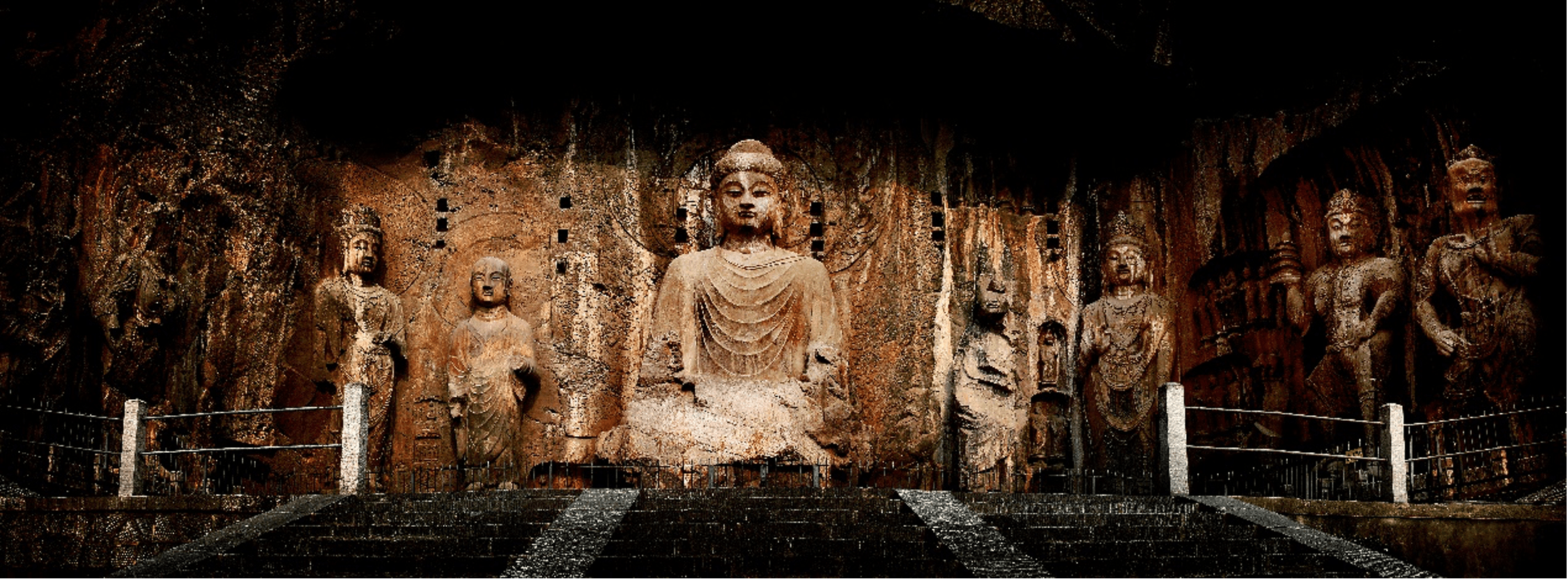
About this Thematic Cluster
Tourism has the potential to advance all SDGs through the optimization of the utilization of environmental resources, providing long-term social and economic support to host communities. But tourism has also been one of the most hard-hit sectors during the COVID-19 crisis. At the height of the pandemic, 89 percent of the countries partially or fully closed their World Heritage sites to visitors (UNESCO, 2020).
2021 expects to witness continued impact by COVID-19 on global tourism, including a decrease of 87% in international tourist arrivals that have occurred in January 2021 compared to January 2020 (UNWTO, 2021). Countries dependent on tourism industries will continue t0 suffer losses of revenue due to the lack of sufficient alternative livelihood opportunities.
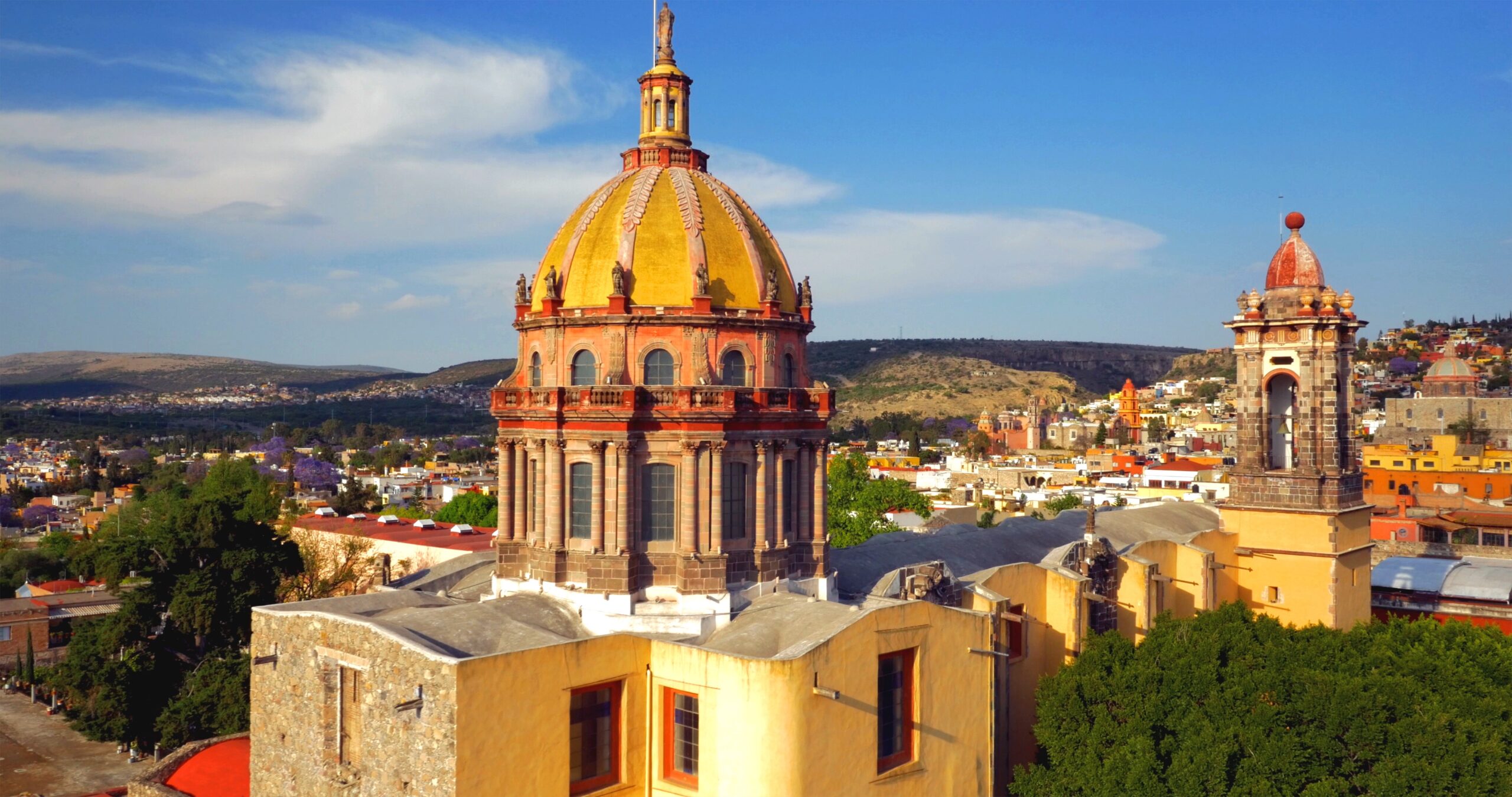
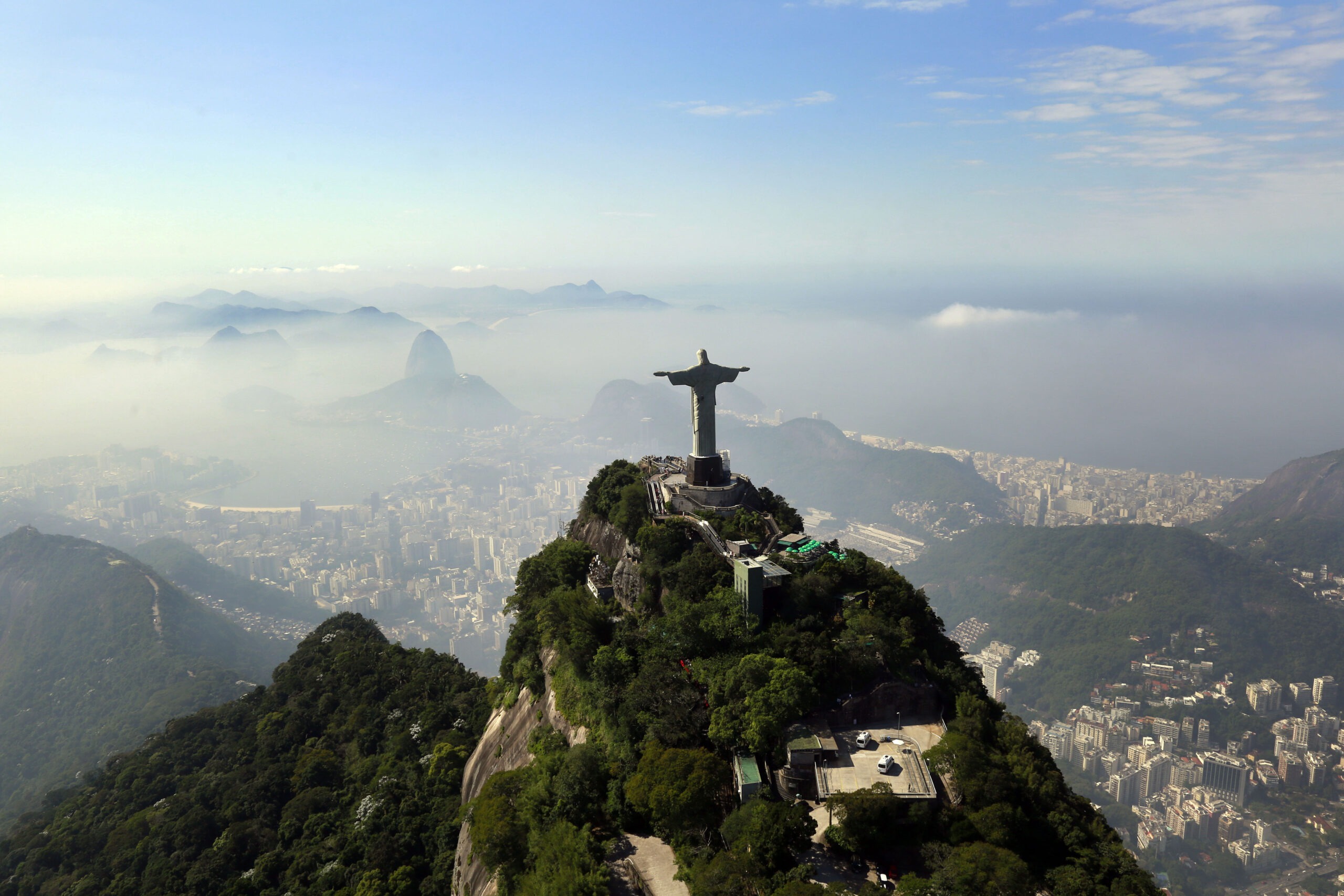
Creative economy is a concept that revolves around human creativity and ideas, intellectual property, knowledge and technology. Although creative economy export trade grew annually at an average rate of 7 per cent between 2002 and 2015 (UNCTAD, 2021), concerns exist over the unequal distribution of benefits brought by creative industries among all people. For instance, developing countries face many challenges exporting their creative economy outputs (UNCTAD, 2021). During the COVID-19 pandemic, many creative industries such as venue-based sectors like museums, galleries, and theatres were downsized because of lockdown measures, harming cities and regions in terms of jobs and revenue, levels of innovation, citizen well-being, and the vibrancy and diversity of communities. In November 2020, the UN rectified a landmark resolution, making 2021 the “International Year of Creative Economy for Sustainable Development” and offering opportunities to reimagine creative economy within the targets of the SGDs.
Starting from 2020, the Cities Project has organized webinars and exchanges to facilitate knowledge sharing, interactions between and among cities and their mutual learning, as well as forging collaboration and partnership. The Cities Project also organized the ‘Travel South over the Cloud’ series with four webinars focusing on knowledge sharing, exchanges, and learnings on the role of digitalization in facilitating the growth and recovery of the tourism sector, with particular attention to the following aspects: technological innovations, tourism e-commerce, creative economy, and Word Heritage Cities. In 2021, the Cities Project organized online exchanges between Southern cities to explore potential cooperation and kickstart partnership building. In the same year, the Cities Project, in partnership with UNESCO Mexico and the Mexican World Heritage Cities Association (MWHCA or ANCMPM), launched a pilot project on South-South and Triangular Cooperation in Sustainable Tourism in Mexico.
In 2022, the Cities Project has witnessed the signing of SoI between Xiamen city, China and Santiago city, Chile as a result of a series of exchanges initiated and facilitated by the Project, and the friendly and fruitful exchanges between different pairs of cities.
“The Cities Project has continued facilitating exchanges between cities aiming at developing and improving tourism and creative economy and disseminating good practices in these respects, thus expecting more collaboration and partnership between local sectoral actors. ”
Members of this Cluster
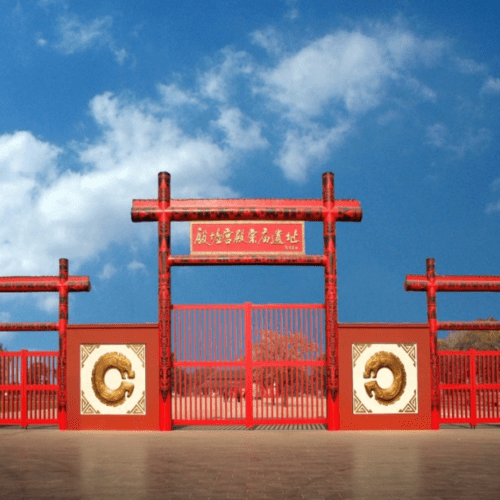
Anyang is famous for agriculture, ferrous metal smelting and rolling processing industry, the automobile manufacturing industry, the coking industry, the coal mining and washing industry. In 2020, Anyang City completed a GDP of 230.05 billion yuan, an increase of 3.3% over the previous year.
To connect, please click the icon below
Anyang, China

The solid establishment of businesses and universities, within its territory, thrives around great perspectives in healthcare, energy supply, industry 4.0 and the concept of Smart Cities.
The city also has a video monitoring system to help reduce criminality, and saves energy through the use of solar power, seeking resources to install a photovoltaic farm.
Additionally, over 750 kilometers of optical fiber has been installed, along with a 7,600 terabytes data center.
Following Covid-19 WHO recommendations, the city implemented mass testing, check-ups, network expansion, service qualification, monitoring and treatment of afflicted patients, and a scheduling app for the vaccination campaign.
Aparecida evolves along with social, economic and environmental development, in order to care for its population with multiple best quality services.
Aparecida de Goiânia, Brazil
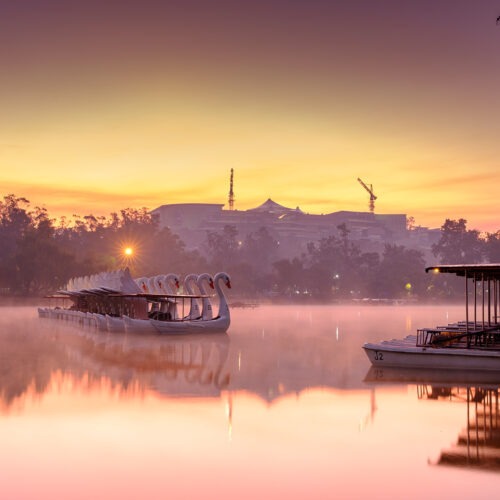
It is a landlocked mountainous City also referred to as the “City of Pines” and the “Summer Capital of the Philippines”, popular for its temperate climate and rich cultural background. It has a land area of 5,749 hectares. As to its land cover: 9.81% are declared as watershed and protected forest; 1.41% as parks and recreation areas; 11.04% are open spaces; and the rest are settlement areas.
The City is 206 kilometers away from Manila which takes about four (4) hours to drive. It serves as the gateway to other municipalities in the Cordillera Region mountains. It is the only highly urbanized City in the region. The city is the center for education, trade and tourism in the Cordillera region. It was also declared as a UNESCO Creative City because of its rich culture and tradition on arts and crafts.
Baguio City is also home to one of the country’s most profitable Philippine Economic Zone Authority (PEZA) areas called the Baguio City Economic Zone (BCEZ). The BCEZ caters to 44 locators which produce textiles, wearing apparels, electronics, plastic products and others. Production output in the BCEZ accounts for the bulk of the Cordillera’s total exports. The city is also considered the financial center of the Cordillera Administrative Region (CAR). There are 82 banks operating in the city. Of these, 48 are Commercial, 23 are Rural and Cooperative and 11 Thrift banks. Baguio City is still the Summer Capital of the Philippines and remains to be among the top 14 destinations in the country. It is also among the top 20 destinations for Meetings, Incentives, Conventions and Exhibition (MICE). It received close to 1.3 million tourists in 2016, with tourism receipts amounting to Php 8.1 billion.
Baguio, the Philippines
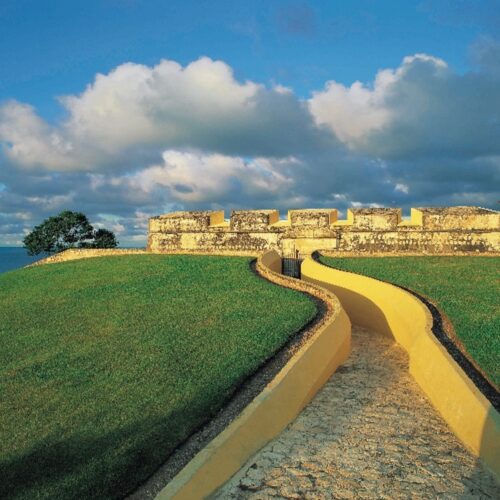
Campeche, Mexico
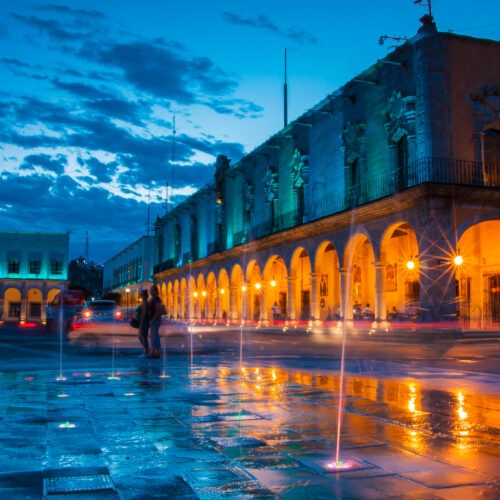
Durango’s Historic Center contains the greatest architectural richness in northern Mexico. The city of Durango offers visitors a very diverse set of excellent museums, a western style theme park, and also incredible natural landscapes and historic sites that are part of the route of the Camino Real de Tierra Adentro.
Durango, Mexico
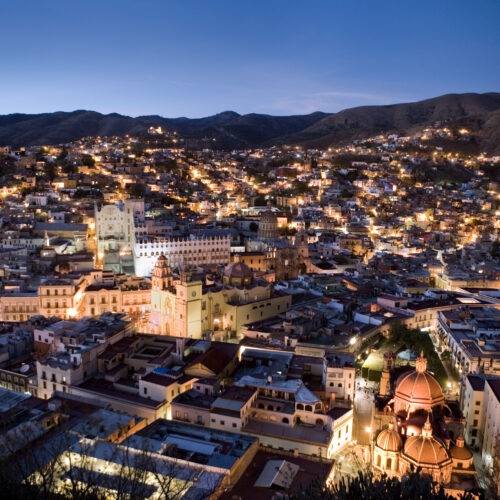
Guanajuato, Mexico
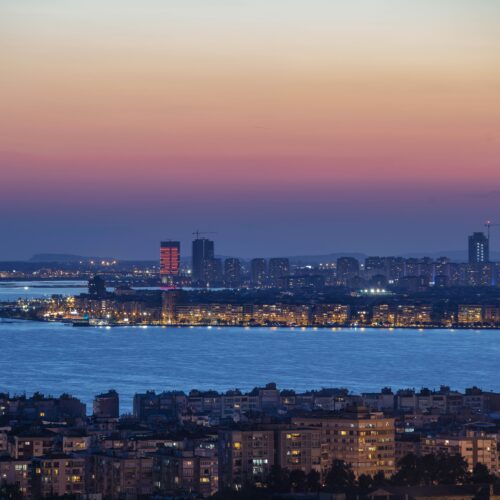
Thanks to its favorable geographical location, climate, water resources and fertile lands, the 8500-year-old city has been the home of many civilizations and cultures. Today, the city celebrates its unique culture, which stems from its heritages, cuisine and cosmopolitan lifestyle where the sea and the agriculture play an influential role. Izmir’s cultural vision is to evolve into a city of arts, design and innovation, ensuring biodiversity, and eco-friendly production and distribution models. Another aspect of this vision involves developing trans-border relations and making Izmir a node in major city networks by promoting interactions and diversity. The municipality aims at making İzmir more prosperous, democratic, inclusive, just, equal, safe and sustainable with its cultural policies.
Izmir, Turkey
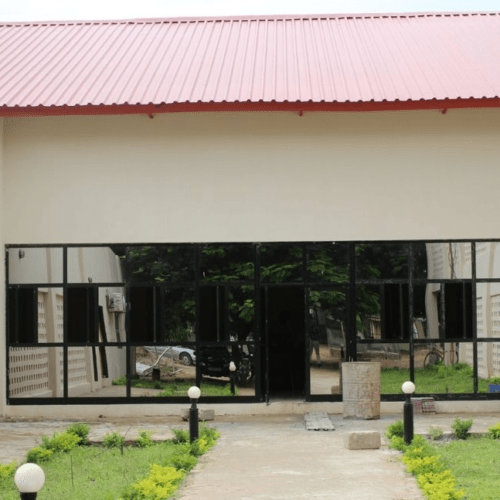
Located in the southern part of the Central River Region (CRR), the Janjanbureh Local Government Area is typically rural, with one major growth center (Janjanbureh). The LGA has a total land area of 1,428 Km2, which is the third smallest LGA in terms of size, aside from Banjul and Kanifing.
According to the IHS 2015/16, poverty in the Janjanbureh LGA (71.4 percent) as measured by the headcount index is above the national average of 48.6 percent. The LGA is the second poorest LGA after Kuntaur (72.4 percent). Between 2010 and 2015/16, poverty rate in the Janjanbureh LGA has generally worsened, increasing from 54.2 percent in 2010 to 71.4 percent in 2015/16.
Janjanbureh, the Gambia
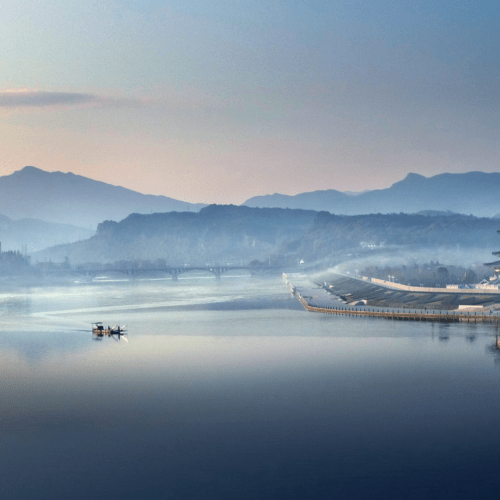
Lishui is an important ecological shelter zone in Zhejiang and even in East China. It is known as the “No.1 ecological city in China”. we have the largest mountain area in both Jiangsu and Zhejiang. It is the source of six rivers. The forest coverage rate is 81.7%. The air quality ranks in the top ten in the country. The Ecological Environment Status Index has ranked first in the province for 15 consecutive years. It has become the first batch of national ecological civilization demonstration zones, the first batch of national ecological protection and construction demonstration zones, and the national water ecological civilization cities, and was selected as the first batch of national climate-adaptive cities.
Lishui is the hometown of Chinese folk art. It has 3 UN intangible cultural heritages and 18 national intangible cultural heritages. The three treasures of Lishui, Longquan Celadon, Longquan Sword, and Qingtian Stone Carving are famous in China and abroad. There are 257 national-level traditional villages in the city. It is the area with the largest number of ancient villages and the most complete style in East China. It is known as the “last secret place in the south of yangzi river”. In addition, the overseas Chinese culture, She minority culture and photography culture of Lishui are unique local cultural brands.
Lishui is also a famous hometown for overseas Chinese. The population of Lishui is less than one twentieth of the whole province, but the proportion of overseas Chinese in Lishui exceeds one fifth of the whole province. Currently, there are 415,000 overseas Chinese, covering more than 130 countries and regions in five continents. They are an important bridge to build up friendship between Lishui and foreign countries.
Lishui, China
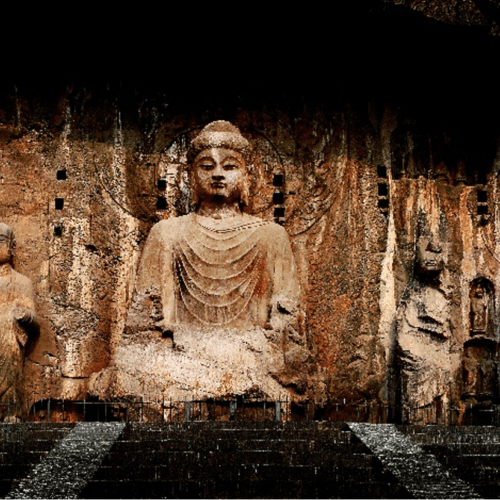
The most prosperous period of Luoyang was in the Sui and Tang dynasties with a population of more than one million. Known as the oriental start of the ``silk road``, it had wide political, economic, cultural exchanges with countries of Europe, North Africa and Asia.
The ancient capital Luoyang also boasts rich humanistic cultures. The fables about Fuxi, Nuwa, Yellow Emperor, Tangyao, Yushun, Xiayu in ancient China were mostly originated from here; the generation and development of traditional Chinese cultures: Confucianism, Buddhism, Daoism, are closely related with Luoyang; the Book of Changes and The Eight Diagrams were generated here; Laotze wrote the Daoism here; Confucius once asked the ceremony here; The Historical Book of Han Dynasty and Comprehensive Mirror for Aid in Government were complied here; Zhang Heng invented Armillary Sphere and Seismograph here; and the great poets Du Fu and Li Bai left their ever-lasting poems here.
The rich and abundant historic culture of Luoyang has done its contribution to the Chinese nation and also leaves endless wealth and relic sites for the following generations to visit and ponder on the past. Luoyang Longmen Grottoes is one of the three art treasures of the Chinese stone inscription; the first temple Baima Temple was the first temple built after the introduction of Buddhism into China and reputed as ``Shiyuan`` and ``Zuting`` of China's Buddhism; the Mangshan in the north has the largest ancient tomb cluster in China shaped since East Zhou Dynasty and more than 400 thousand precious cultural relics have been excavated here and the first ancient tomb museum in the world has been built here. In addition, Luoyang is also famous for its three colored glazed pottery of the Tang Dynasty, Luoyang peony, Heluo Peculiar Stone (Yellow River Peculiar Stone), Luo embroidery and the Guanlin, one of the three famous Guandi Temples in China.
The ancient capital Luoyang is among the first batch of China's historic cities declared by the Chinese government.
Luoyang, China
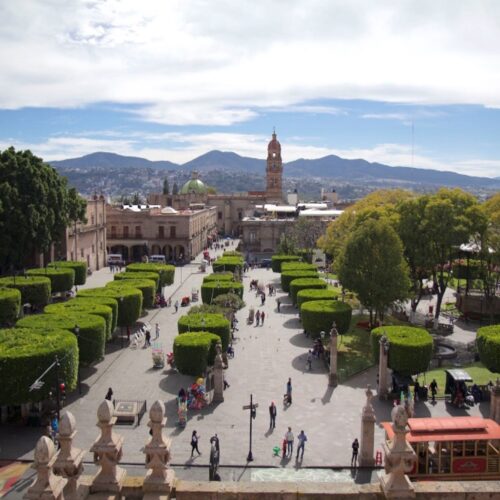
Morelia, Mexico
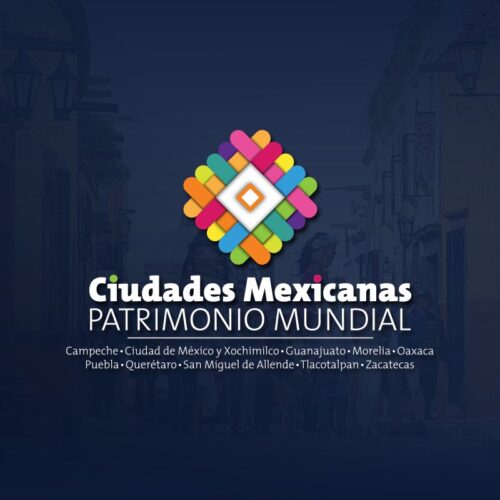
National Association of World Heritage Cities (ANCMPM A.C.), Mexico

Mersin offers a variety of tourism options, including culture, faith, congress, hiking, tracking, rafting, paragliding, and mountain climbing, in addition to its 320-kilometre-long seashore with its distinctive natural charms and sea, sand, and sun triad. Mersin's natural sandy coastline stretches for around 108 kilometres.
Mersin with 13 administrational districts and a population of 2.200.000 habitants is an important hub of Turkey's economy.
The coast of Mersin has been inhabited since the 9th millennium BCE The region has witnessed to the succession of many different civilizations such as the Hittites, Assyrians, Persians, Greeks, Seleucids, Lagids, Roman, Byzantine Seljuk and the Ottomans.
Mersin is an open-air museum, with numerous of ruin sites and still standing monuments especially with 9-thousand-year-old Yumuktepe and Gözlükule Tumulus.
Historically, Mersin was a major producer of cotton and cottonseed oil. The rural area around Mersin is famous for citrus and cotton production. Banana, olive, and various fruits are also produced.
The Mersin Port is the mainstay of Mersin’s economy. There are 21 piers, a total port area of 785,000 square meters (194 acres), with a capacity of 6,000 ships per year.
Mersin, Turkey

Mexico City, Mexico
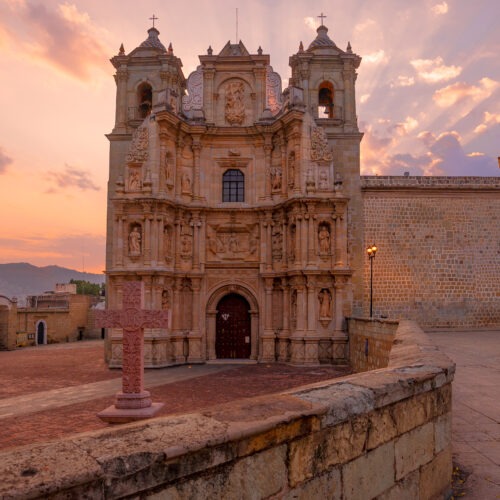
Oaxaca, Mexico
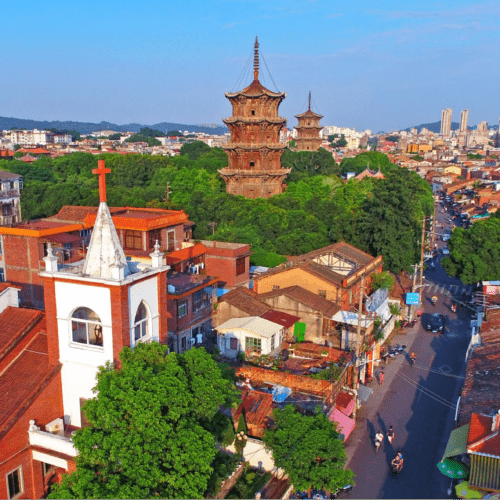
Quanzhou is one of the famous historical and cultural cities approved by the State Council of China and a Culture City of East Asia. It is recognized as one of the starting points of the ancient Maritime Silk Road. In the Tang dynasty (618-907), it was one of the four major foreign trade ports in southern China. During the Song (960-1279) and Yuan (1271-1368) dynasties, Quanzhou Harbor, known as “Zayton” worldwide, was crowned the ``largest harbor in the East`` comparable to Alexandria in Egypt. With rich and diverse cultures, Quanzhou is hailed as the “Museum of World Religions”. The city has 945 cultural heritage sites of all levels, 44 at the national level. Quanzhou is also the cradle of Minnan (southern Fujian) culture and boasts 5 world intangible cultural heritage items and 34 national ICH items. Among them, Nanyin, which literally means music in the south, is known as the ``living fossil`` of ancient Chinese music. It is the only city in China with elements inscribed on both the Lists of Intangible Cultural Heritage and the Register of Good Safeguarding Practices by UNESCO.
Quanzhou is a major ancestral home of overseas Chinese and Taiwan Han population. Over 9.5 million overseas Chinese of Quanzhou origin resided in more than 170 countries and regions. Many of these people invest in enterprises, schools and social projects in Quanzhou. They have made remarkable contributions to the economic and social development of the city, bridging Quanzhou and the world.
Quanzhou enjoys a dynamic economy featuring prosperous private businesses and manufacturing industry. In 2020, its GDP amounted to 1015.87 billion Yuan, ranking first in Fujian Province for 22 consecutive years and 18th place amongst all cities (Beijing, Shanghai included) in China. Dubbed the “Special Zone for Private Economy”, Quanzhou now has nine industrial clusters, namely textile and clothing, footwear, petrochemicals, machinery and equipment, building materials, food and beverage, crafts, paper and printing, and electronic information, each with an output value of over 100 billion Yuan.
Quanzhou, China

To connect, please click the icon below
Querétaro, Mexico
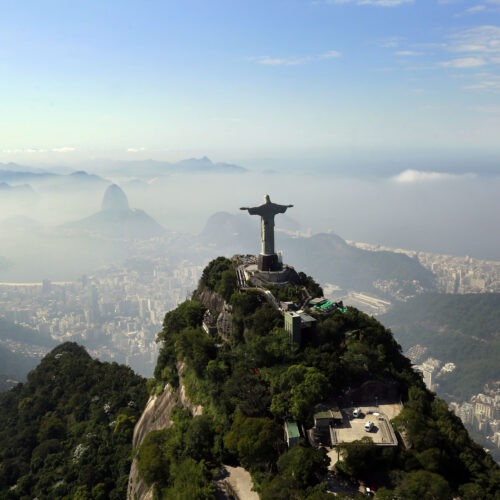
Rio de Janeiro, Brazil
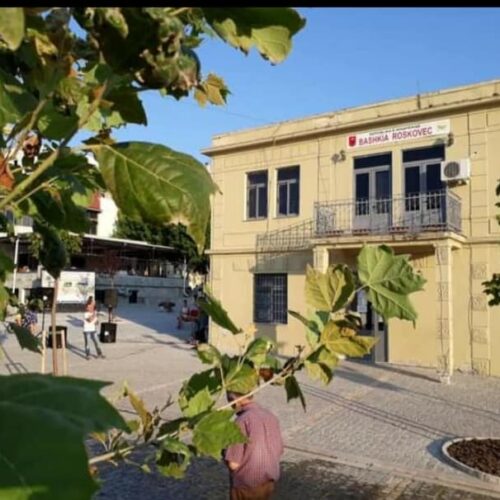
The natural resources, monuments, traditions, land products, local cuisine and hospitality combined with the infrastructure projects undertaken by the Municipality are gradually turning Roskovec into a tangible tourist attraction.
Commemoration of the ``City Feast`` or ``Olive Feast`` as an annual celebration, placement of works of modern art in its squares and streets, preservation and promotion of the values of material culture and development of numerous cultural, artistic and sports activities show that the quality of life in Roskovec has begun to change.
Roskovec, Albania
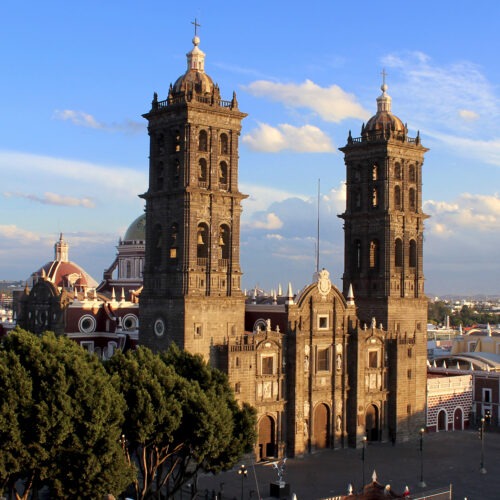
Puebla, Mexico

San Luís Potosí, Mexico
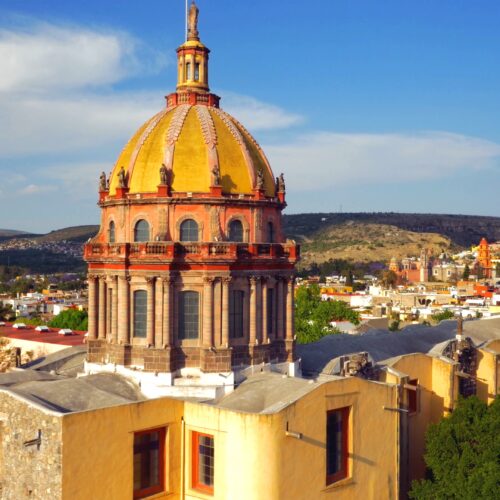
San Miguel de Allende, Mexico
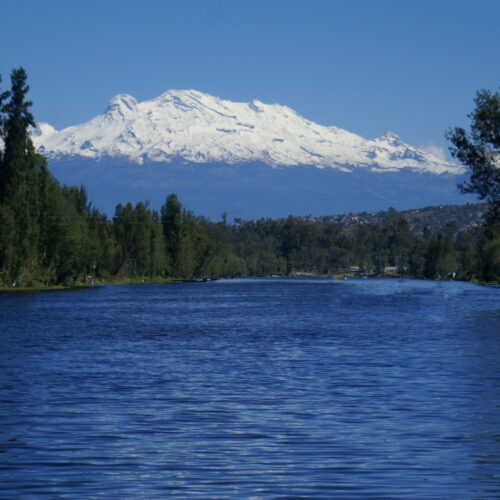
Xochimilco, Mexico
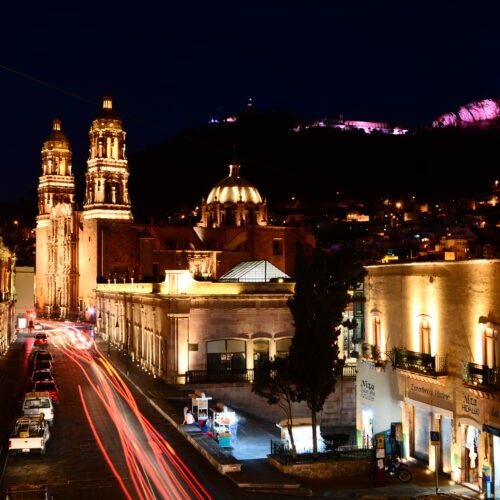
Zacatecas, Mexico
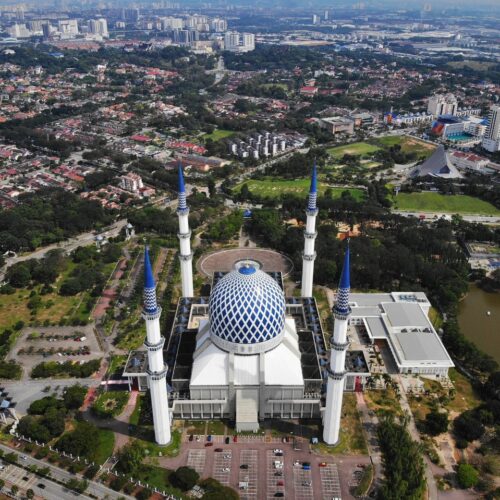
Shah Alam is also one of the major cities within the Klang Valley, an area in Malaysia comprising Kuala Lumpur and its suburbs, and adjoining cities and towns in the state of Selangor, due to the Klang River flowing through it on its way westward to the Strait of Malacca.
Shah Alam, Malaysia
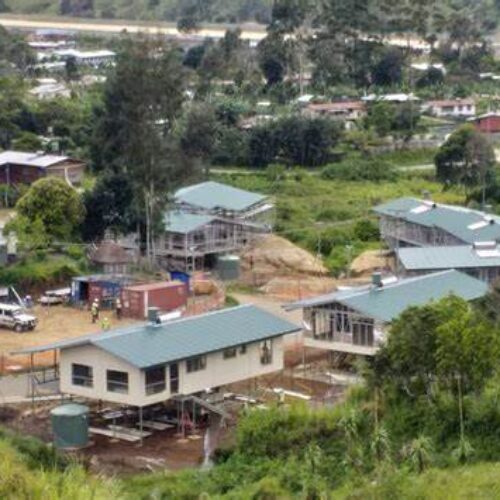
Mumbwa, Zambia
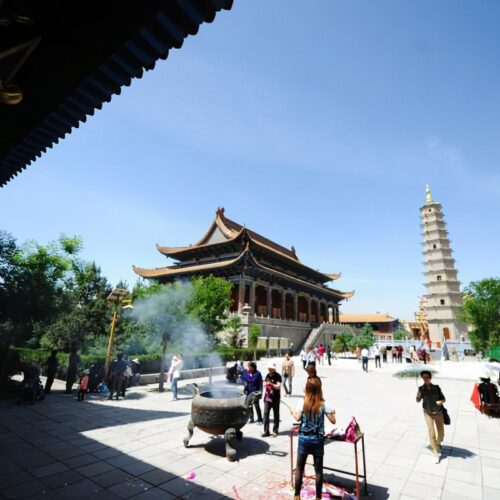
Gansu Provincial People’s Association for Friendship with Foreign Countries (GPAFFC), China
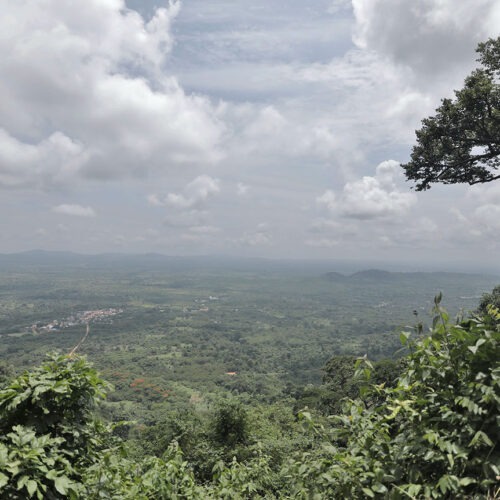
The Afadzato South District Assembly exists to improve both social and economic life of her people through efficient and effective resource mobilization, maintaining a strong agricultural base for further industrial development, being a leading tourist centre in Ghana and preserving cultural heritage of her people and the Region at large.
Afadzato District, Ghana
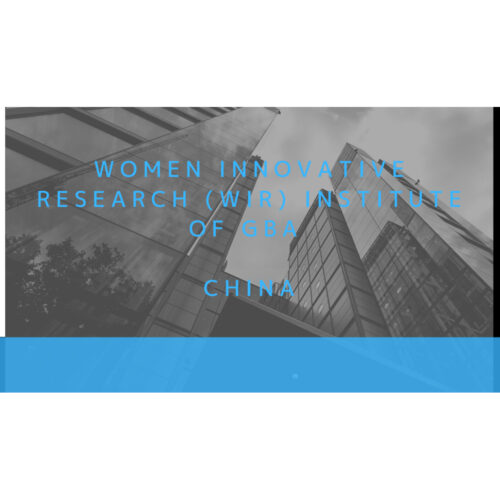
Women Innovative Research (WIR) Institute of Greater Bay Area (GBA), China
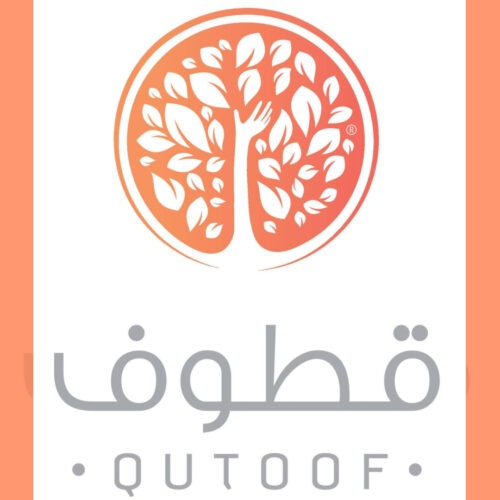
Qutoof Professional Development, Jordan
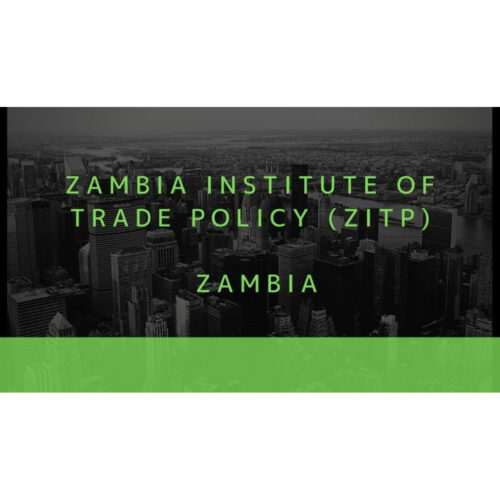
Our mission is to conduct independent empirical evidence-based trade policy research and play an advisory and advocacy role intended to contribute to a robust, sustainable and inclusive development focused trade policy framework at national, regional and global levels.
Thematic Areas that ZITP works on include:
✓ Trade Policy and Trade Law Research and Development
✓ Trade Negotiations
✓ Training and Membership Services
✓ Trade Policy Advocacy and Development
Zambia Institute of Trade Policy (ZITP), Zambia
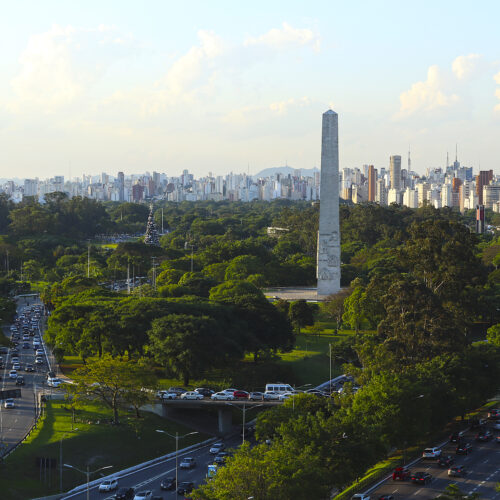
In this sense, the city maintains a technical team to manage its international agenda, acting in the intermediation of numerous technical cooperation agreements in technology, climate and environment, business, tourism, culture, education, health, among others, increasing investments in the city and improving the life of the population.
We believe that São Paulo's multilateral and bilateral international relations strengthen not only our local development, but also contribute to the exchange of experiences with the international community that are reinforced and expanded, and the South-South Cooperation that the South-South Cities Clusters offers represents an important step towards increasing the exchange of good practices for development and integration among our local governments.
The City of São Paulo is convinced that international relations, such as this fundamental digital platform, are the means that weave the paths we need to strengthen cooperation between our cities, increasingly expanding the international voice of our local governments.
São Paulo, Brazil
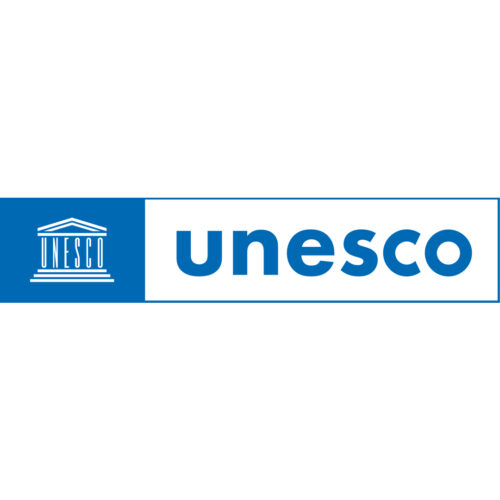
UNESCO, Mexico

To connect, please click the icon below
Querétaro Creativo, Mexico
Share, Connect and Engage
Good Practices from the Local Level
Share and seek solutions and knowledge from the local level
Share and ExploreAdvisory Services
Get access to high-quality advisory services on the application of knowledge and capacity development
Learn MoreCommunity of Practice
Interact with community members through e-discussions, newsfeed updates, etc.
EngageLatest News and Updates

UNOSSC Facilitates China-Mexico City Exchange on Innovative Digital Solutions for Heritage Protection

Webinar: Results and Opportunities of the Pilot Initiative on South-South Cooperation Between Cities on Sustainable Tourism, 29 March 2023
Knowledge Products
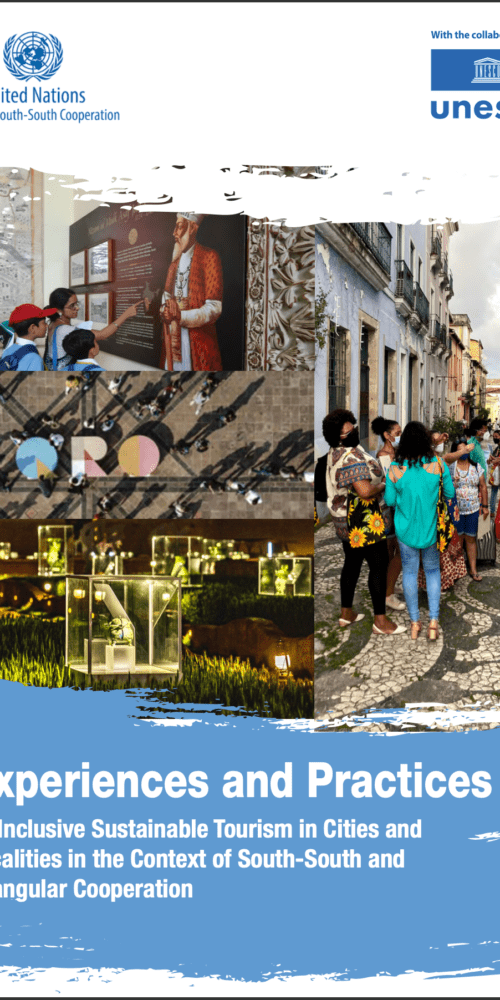
Experiences and Practices on Inclusive Sustainable Tourism in Cities and Localities in the Context of South-South and Triangular Cooperation (UNOSSC, UNESCO, 2023)
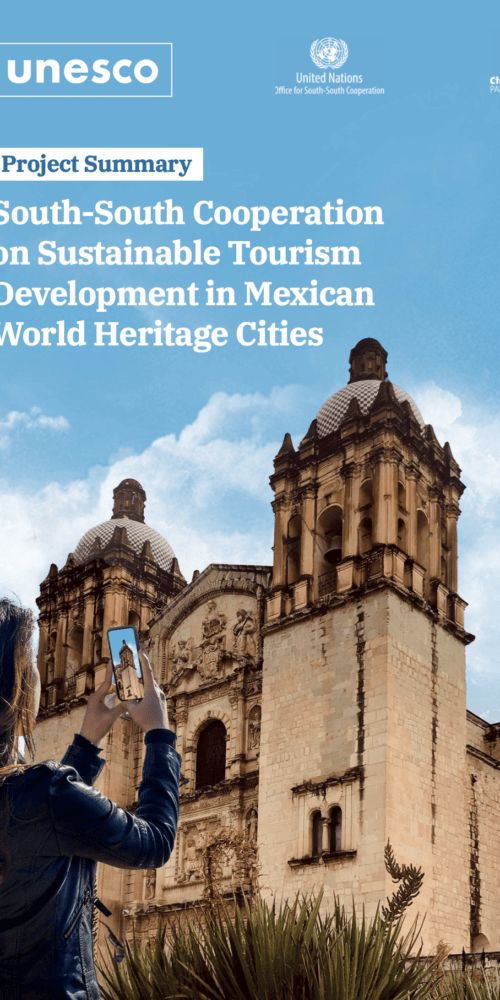
South-South Cooperation on Sustainable Tourism Development in Mexican World Heritage Cities
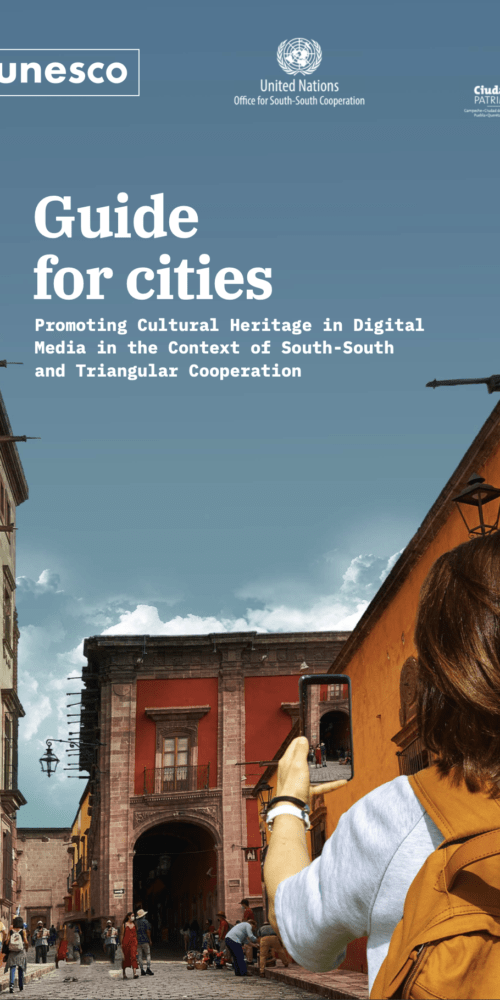
Guide for Cities: Promoting Cultural Heritage in Digital Media in the Context of South-South and Triangular Cooperation



